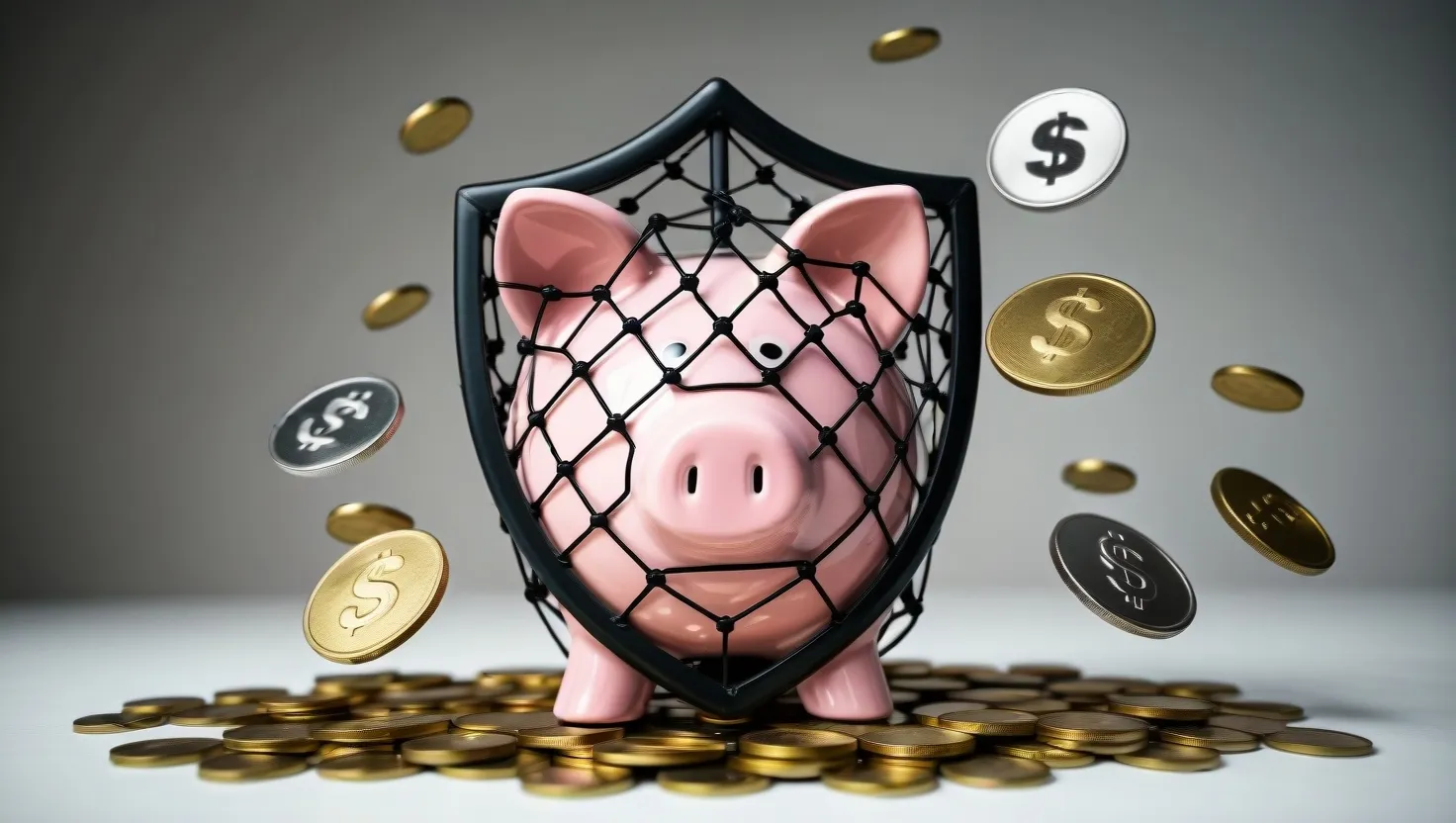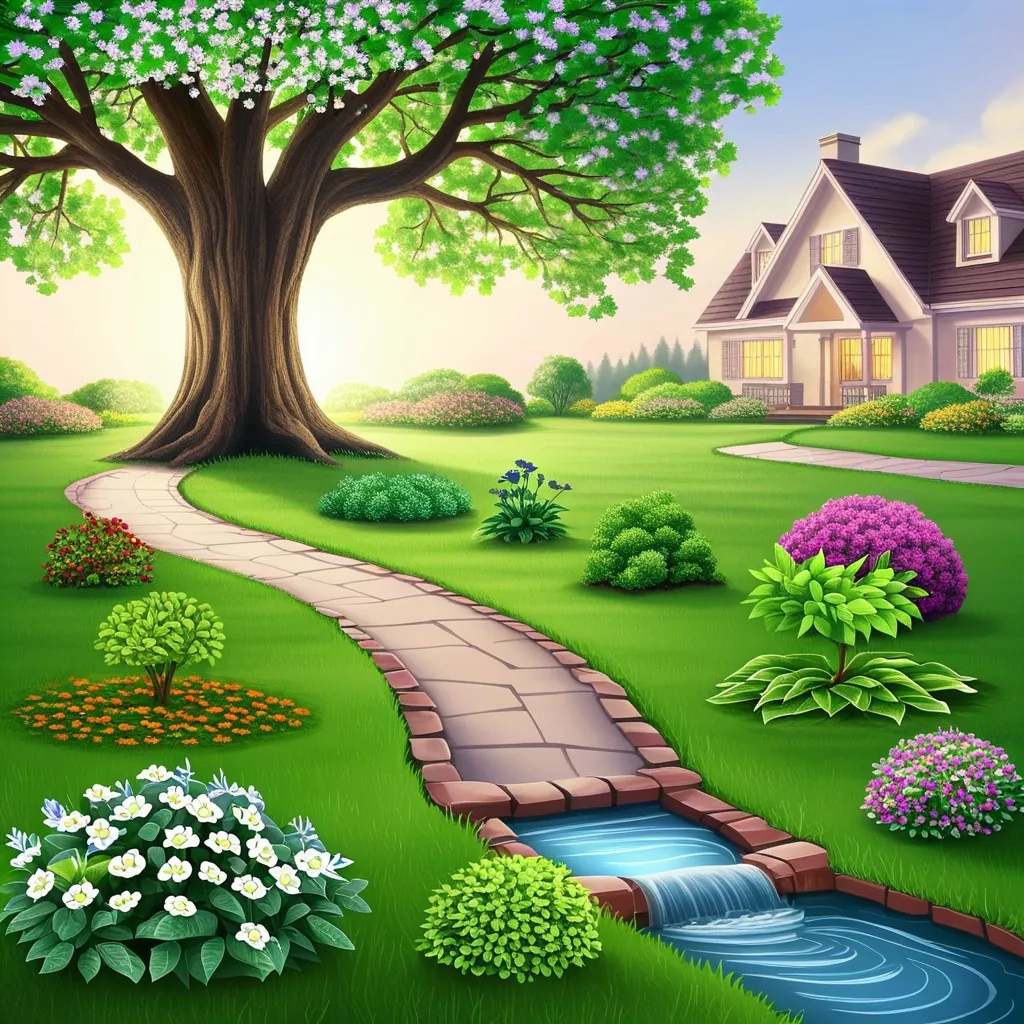When it comes to building wealth, few concepts are as powerful and yet as often misunderstood as compound interest. It’s a financial force that can transform modest investments into substantial fortunes over time, but it requires a strategic approach to fully harness its potential.
The Early Bird Catches the Worm
“Time is a great teacher, but unfortunately it kills all its pupils,” Louis Hector Berlioz once said. This quote resonates deeply when discussing compound interest, because time is indeed one of the most critical factors. Starting early is not just a cliché; it’s a necessity. The sooner you begin investing, the more time your money has to grow.
Imagine two individuals, Alex and Ben. Alex starts investing $500 a month at the age of 25, while Ben waits until he is 35. Assuming both earn a 7% annual return, Alex will have nearly $1.2 million by the time he is 65, whereas Ben will have only about $567,000. This stark difference highlights the importance of early starts and consistent investments.
The Magic of Reinvestment
Reinvesting dividends and interest earnings is a simple yet potent strategy. When you reinvest these earnings, you’re essentially creating a snowball effect where your investment grows exponentially. Each reinvested dollar becomes part of the principal, earning interest itself and accelerating the growth of your investment.
As the legendary investor Warren Buffett once said, “Price is what you pay. Value is what you get.” By reinvesting, you’re maximizing the value of your investment over time. It’s a disciplined approach that requires patience but yields significant rewards.
Leveraging Salary Increases
As your career progresses and your salary increases, it’s crucial to channel some of these gains into your investments. This strategy not only increases the principal amount but also amplifies the compounding effect. Think of it as fueling a fire that’s already burning brightly.
For instance, if you receive a 10% salary raise each year and direct a portion of that increase towards your investments, you’ll be surprised at how quickly your wealth can grow. It’s a way to turn your career advancement into a financial accelerator.
The Hidden Enemy: Fees
Fees can be the silent killer of your investment growth. They may seem minor, but over time, they can erode a significant portion of your returns. Minimizing fees is essential to preserving more capital for compounding.
Consider this: if you have two identical investments, one with a 1% management fee and the other with a 0.5% fee, the difference in returns over 20 years can be substantial. It’s like the difference between running a marathon with a light backpack versus a heavy one – both will get you to the finish line, but one will make the journey much easier.
Choosing the Right Investments
Not all investments are created equal when it comes to compound interest. Some offer higher potential returns, which can significantly enhance the compounding effect. However, these investments often come with higher risks.
As the saying goes, “No risk, no reward.” But it’s crucial to balance risk with your financial goals and risk tolerance. For example, stocks generally offer higher returns over the long term compared to bonds or savings accounts, but they also come with greater volatility.
The Power of Patience
Compound interest is not a get-rich-quick scheme; it’s a long-term strategy that requires patience and discipline. It’s about understanding that wealth building is a marathon, not a sprint.
As Benjamin Franklin wisely put it, “An investment in knowledge pays the best interest.” In this context, knowledge means understanding how compound interest works and how to leverage it effectively.
Visualizing the Future
To truly appreciate the power of compound interest, it helps to visualize the future. Imagine yourself 20 or 30 years down the line, looking back at the decisions you made today. Will you be proud of the financial foundation you’ve built?
Tools like compound interest calculators can help you see the potential growth of your investments under different scenarios. These visual aids can be incredibly motivating, showing you the tangible results of your financial planning.
A Call to Action
So, where do you start? Begin by assessing your current financial situation and setting clear, long-term goals. Whether it’s saving for retirement, a down payment on a house, or your children’s education, having a clear vision will guide your investment decisions.
Next, consider automating your investments to ensure consistency. Set up a monthly transfer from your checking account to your investment account, and make sure to reinvest any dividends or interest earnings.
Finally, stay informed but avoid getting caught up in short-term market fluctuations. Remember, compound interest is a long-term game.
In conclusion, harnessing the power of compound interest is not rocket science, but it does require a thoughtful and disciplined approach. By starting early, reinvesting earnings, leveraging salary increases, minimizing fees, and choosing the right investments, you can set yourself on a path to significant wealth accumulation.
As Albert Einstein once said, “Compound interest is the eighth wonder of the world. He who understands it, earns it; he who doesn’t, pays it.” Which side of this equation do you want to be on? The choice is yours, and the time to start is now.






